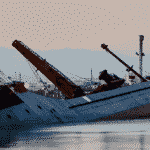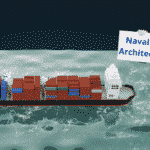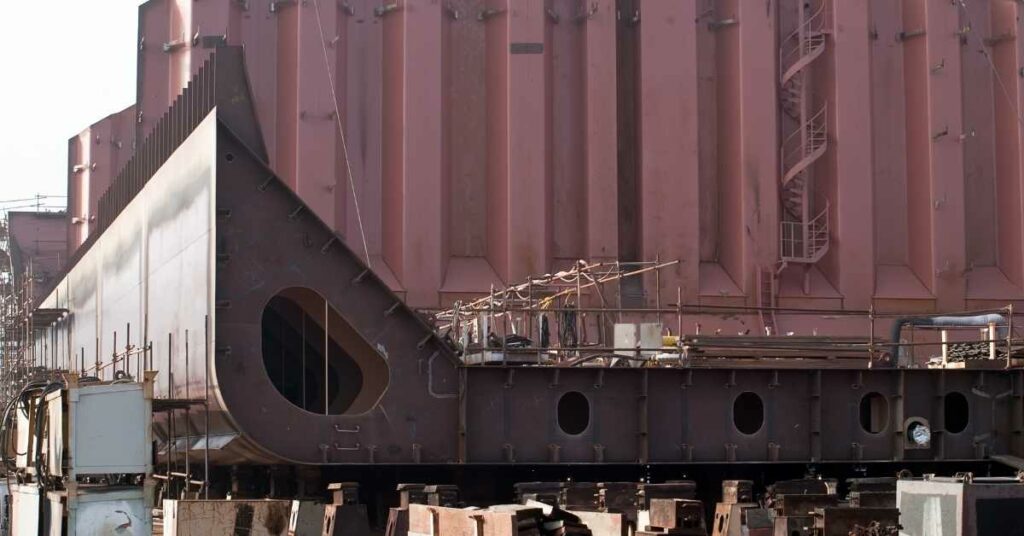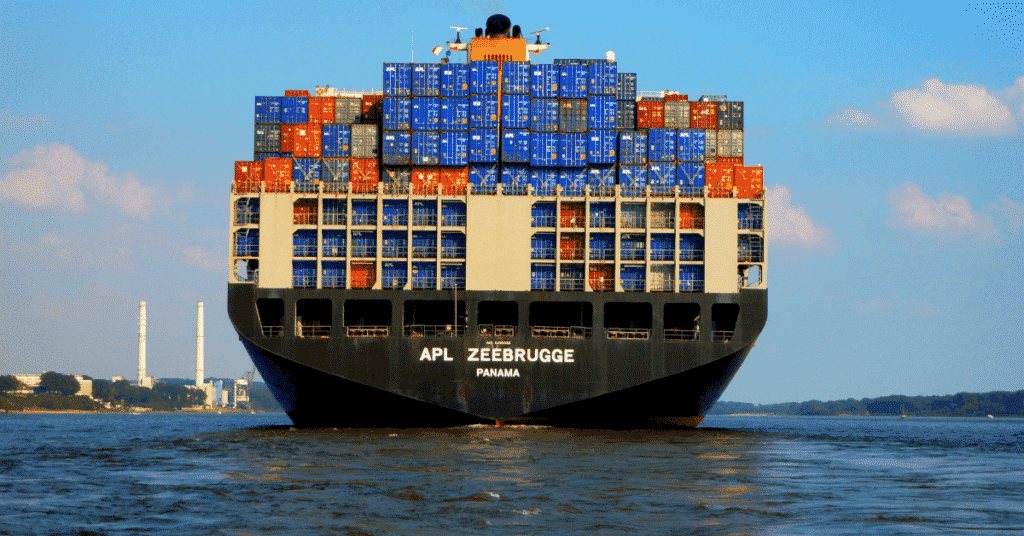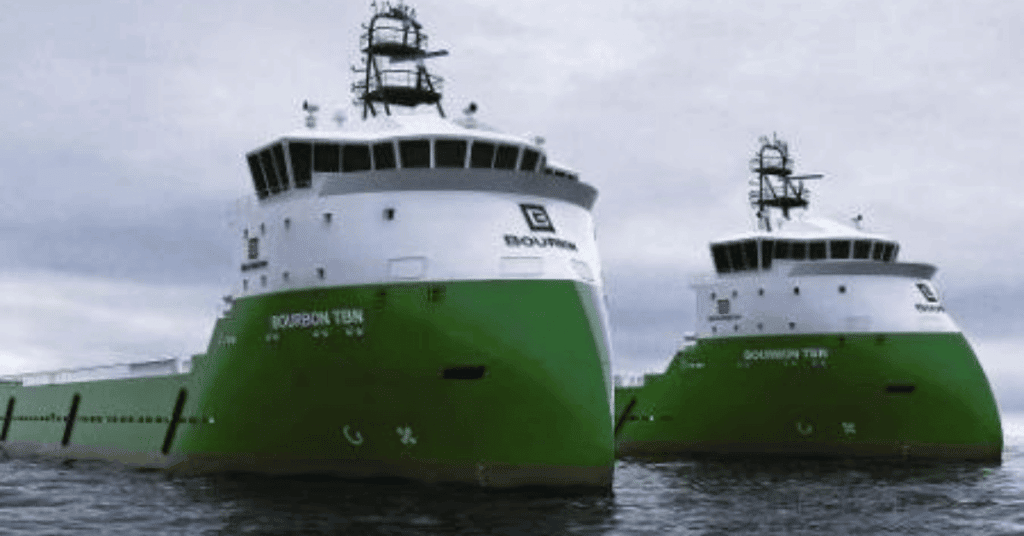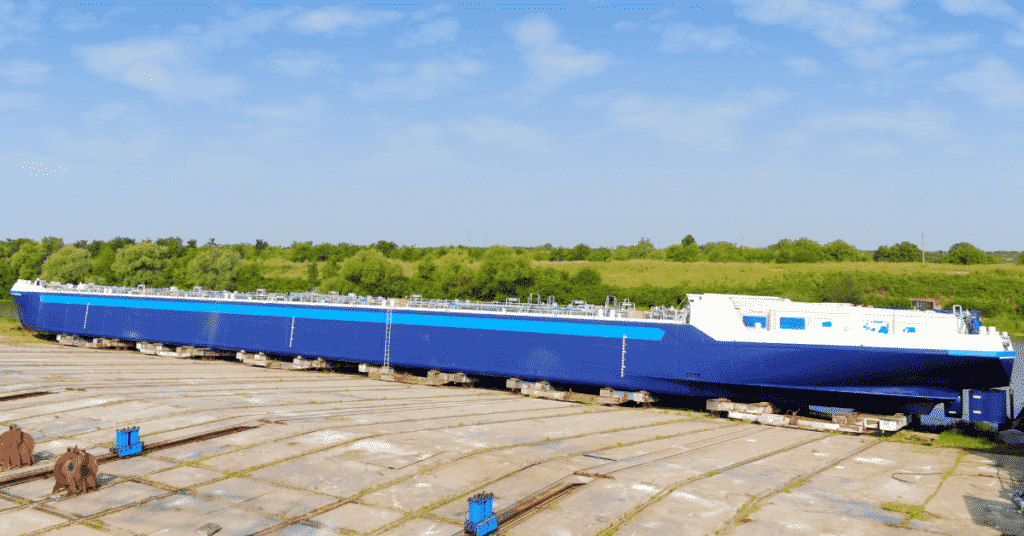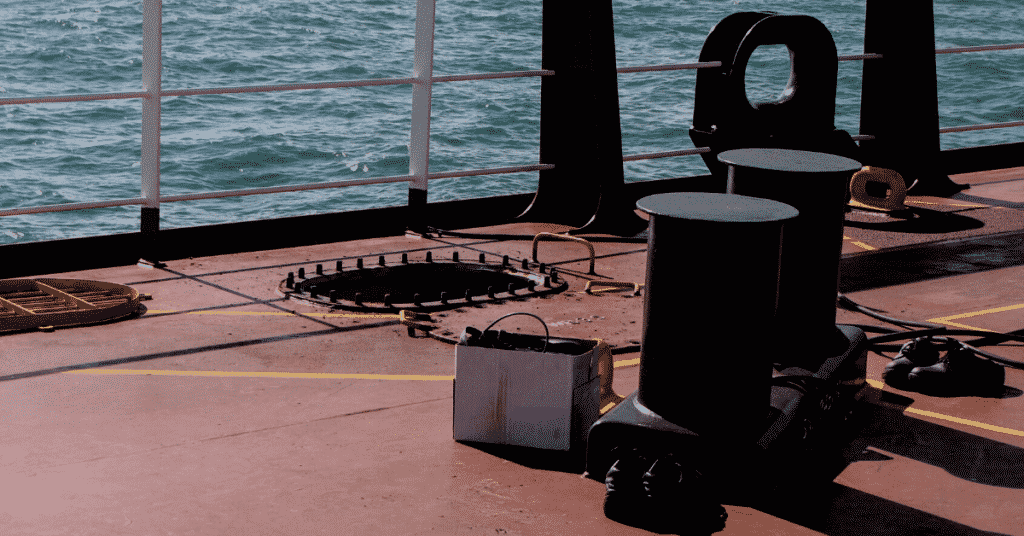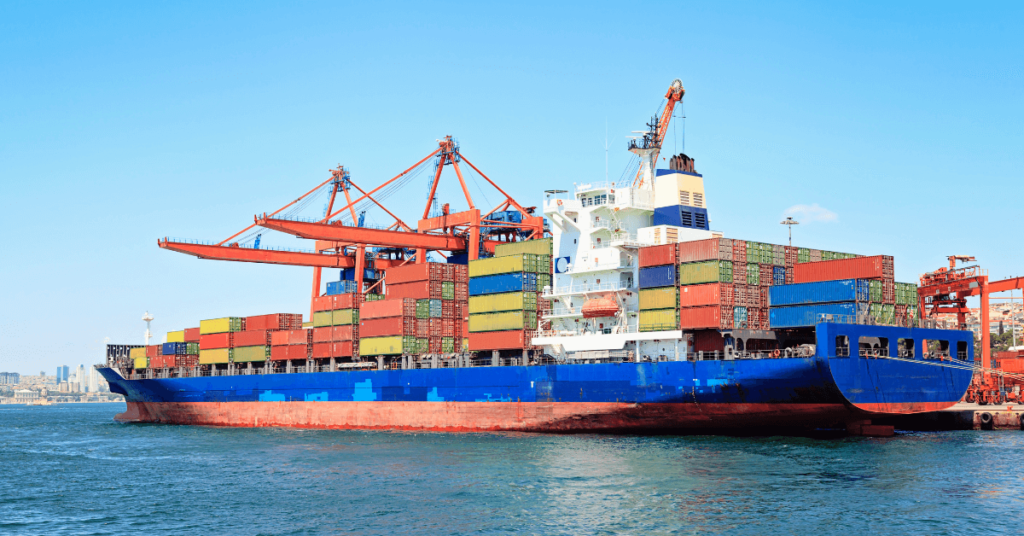What is the Stern Of A Ship?
The front of the ship is called the forward or bow region, whereas the back end is called the aft. This is also interchangeably known as the stern, but it is more specific. The stern mainly relates to the section or the structural area aftmost in terms of the overall length of the ship. In simple terms, it is more of what you can see when you stand right behind a vessel and look ahead.
The origin of the word stern is not clear. At the same time, some argue that it came from the distortion of the word ‘stiarne’, which was the allusion to the rudder as per the ancient Frisian and Saxon languages, many claims that it was based on the literal meaning of the word ‘stern’ which translates to serious and unrelenting! Well, if you look at the robust back of a large tanker, it does not look anything amusing or comical, does it?!
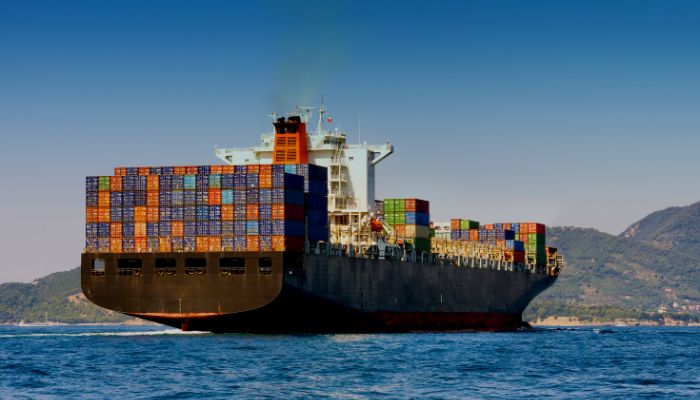
However, some experts state that it derives from the era of Vikings in the 8th and 9th centuries when steering or manoeuvring was called ‘styra’ or ‘stjorn’ in the old pre-English languages. This later evolved as ‘styrne’ and, finally, stern in English. This also makes sense because the rudder, the principal device for steering or manoeuvring, is housed underneath the stern itself and attached to the stern frame.
In a more technical sense, the term refers to the structural areas or section (s) associated with the rudder and propeller attachments. It is characteristic of the sternpost, the principal structural member of the stern.
Functions and Importance
Like any other structural member, the stern is intrinsic to the vessel’s hull structure. It provides closure to the hull volume in the aft part.
Moreover, it also influences the propulsive and hydrodynamic behaviour of the vessel in its wake. Now, what is a wake?
In simple terms, the overall effects in the water behind a vessel include the wave patterns, currents, eddies, and flow behaviour in that particular region. The trace of the ship behind its aft or these effects has a high degree of influence on the propulsive efficiency of the vessel as this influences the resistance.
The higher the resistance, the less the hydrodynamic efficiency of the vessel, as we know. Hence, the shape and the disposition of the stern structure are very crucial for the hydrodynamic efficiency of a hull.
Imagine having a flat box-shaped vessel like a barge with no defined stern form and the stern of a military frigate ship. Which of them shows better wake and speed characteristics necessary for propulsion? As obvious, it is the latter. Hence, depending on the vessel type and design, the stern is accordingly designed for dealing with the flow behaviour afterwards.
Also, the stern of the ship has a great deal of responsibility for bearing the loads and vibrational effects from the rudder, the propeller and associated shafting and attachments.
Types of Sterns
Stern of a vessel can be of three principal types based on the topside form of the stern structure: Elliptical, Cruiser and Transom.
Recapitulating, an elliptical stern was common during the 19th and early 20th centuries. When viewed from above, the deck line associated with this type of stern form appears to resemble a closed ellipse. When viewed sideways or in profile, an elliptical stern curves upward from the aft perpendicular.
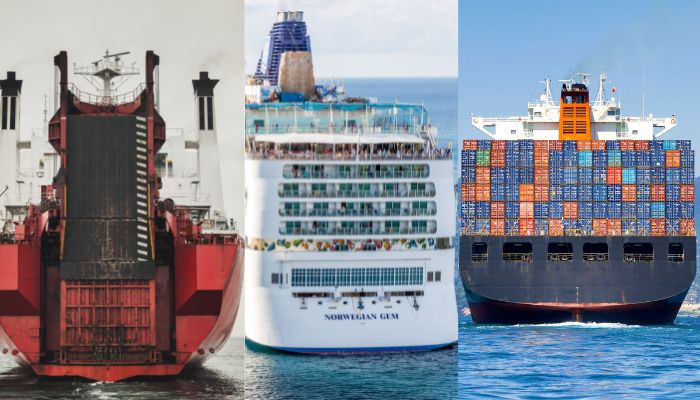
Earlier, when ships were made of wood, a series of timber panels extended from the bottom upward and bent towards the corners to form the profile of the elliptical stern. The curved edge of the elliptical stern raked above the bottom aftward. There was ample space for the rudder post.
A cruiser stern is considered an improvement to an elliptical stern. However, unlike an elliptical rudder, the profile and design are such that the curved edge lies lower; thus, the rudder is entirely below the design waterline. Therefore, they have comparatively better resistance characteristics. They are also aesthetically pleasing and offer better wake characteristics in their wake.
A transom is the most common stern choice for most cargo ships. They are simplest in construction and have a flat section from the deck to the waterline. They may be considered a cruiser stern cut off abruptly at some length from the aft to give rise to a flat section. Though they do not offer a curved profile like the above two, they provide tremendous flow separation and prevent forming strong waves aft and eddies.
Some other forms of special sterns, which are advanced modifications of the above, include raked, scoop, bustle stern, or the constanzi stern, which is the special case of Queen Mary 2.
Design and Construction
A ship can be a supported beam for all practical purposes. So, from the view of flexural or longitudinal bending forces, the maximum bending stresses tend to occur in the fore and aft regions. Moreover, the aft region is also prone to effects like pounding or slamming.
Furthermore, this region also needs to withstand the loads from the rudder, propeller, and other appendages. So, the stern needs to be highly strengthened. Stiffeners of both transverse and vertical orientations are fitted throughout the plating. The plating of the aft regions, including the stern, need higher scantlings. Often higher grades of steel like high tensile steel are used.
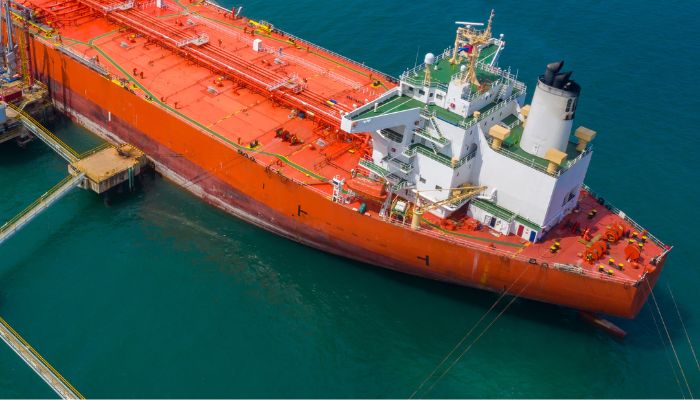
Furthermore, the type of stern also influences the arrangement. Cruiser sterns are characteristics of cant frames oriented all around the periphery of the shell plating and welded between the deck and the floor. The cant beams welded to the transverse deck beams further support the decks.
However, cant beams are not provided in the case of transom sterns. Horizontal as well as vertical stiffeners stiffen the flat stern plating. All sterns are fitted with heavy solid floors along with a centreline girder. Horizontal stringers may be further provided to the plating.
One very important feature of all sterns is the stern frame or the stern post. The stern frame is a lower feature that runs from the keel to some extent above. It is a structural frame that runs like a backbone, providing extra support and strength to absorb the loads from the tail shaft and the rudder connected to the frame.
In older days, these frames were cast and externally fitted to the outer shell plating of the stern. However, in modern days, they come welded with the hull structure. The construction of the stern frame is based on the type of stern and rudder. Care is taken to ensure adequate clearance between the rudder and propeller and the stern frame. They are streamlined to avoid hydrodynamic issues like eddies or vortices.
Horizontal webs and stringers often support them for added stiffening. The scantlings of this frame once again depend on the vessel and the type of rudder. The rudder and propeller are connected upward and often maintain structural continuity with the plate floors of the stern.
You might also like to read
- Different Types Of Sterns Used For Ships
- How to Perform Ship’s Stern Tube Integrity Test in The Dry Dock?
- What is Stern Tube Lip Seals?
- How COMPAC Stern Tube Bearing System Can Prevent Oil Pollution?
- Understanding Stern Tube Arrangement on Ships
- How Baltic Mooring of Ship Done?
Do you have info to share with us ? Suggest a correction

About Author
Subhodeep is a Naval Architecture and Ocean Engineering graduate. Interested in the intricacies of marine structures and goal-based design aspects, he is dedicated to sharing and propagation of common technical knowledge within this sector, which, at this very moment, requires a turnabout to flourish back to its old glory.
Latest Naval Arch Articles You Would Like:
Subscribe To Our Newsletters
By subscribing, you agree to our Privacy Policy and may receive occasional deal communications; you can unsubscribe anytime.







